Mary Stuart I, Queen of Scots - The Actual Story of Her Reign
Mary, Queen of Scots (8 December 1542 – 8 February 1587), also known as Mary Stuart or Mary I of Scotland, reigned over Scotland from 14 December 1542 to 24 July 1567.
Mary, the only surviving legitimate child of King James V of Scotland, was six days old when her father died and she acceded to the throne. She spent most of her childhood in France while Scotland was ruled by regents, and in 1558, she married the Dauphin of France, Francis. Mary was queen consort of France from his accession in 1559 until his death in December 1560. Widowed, Mary returned to Scotland, arriving in Leith on 19 August 1561. Four years later, she married her half-cousin, Henry Stuart, Lord Darnley, and in June 1566 they had a son, James.
In February 1567, Darnley's residence was destroyed by an explosion, and he was found murdered in the garden. James Hepburn, 4th Earl of Bothwell, was generally believed to have orchestrated Darnley's death, but he was acquitted of the charge in April 1567, and the following month he married Mary. Following an uprising against the couple, Mary was imprisoned in Loch Leven Castle. On 24 July 1567, she was forced to abdicate in favor of her one-year-old son. After an unsuccessful attempt to regain the throne, she fled southward seeking the protection of her first cousin once removed, Queen Elizabeth I of England.
Mary had once claimed Elizabeth's throne as her own and was considered the legitimate sovereign of England by many English Catholics, including participants in a rebellion known as the Rising of the North. Perceiving Mary as a threat, Elizabeth had her confined in various castles and manor houses in the interior of England. After eighteen and a half years in custody, Mary was found guilty of plotting to assassinate Elizabeth in 1586, and was beheaded the following year at Fotheringhay Castle. Mary's life, marriages, lineage, alleged involvement in plots against Elizabeth, and subsequent execution established her as a divisive and highly romanticised character in British and European history, and she has been the subject of artistic and cultural depictions for centuries.
#WomenofHistory #HistoricalWomen #FamousFemales
-
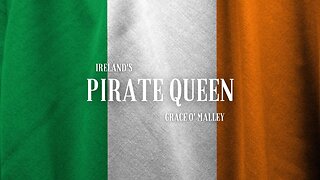 3:40
3:40
Bertie Brosnan Films
1 year agoQueen Elizabeth I Meets Her Match in Ireland's Pirate Queen
8 -
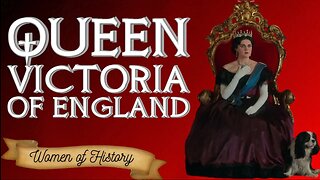 9:46
9:46
Parry This
6 months agoQueen Victoria of England - The Moral Leader of the Victorian Era
47 -
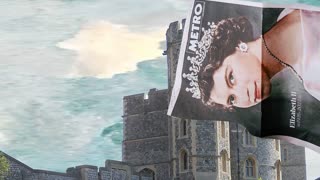 5:05
5:05
Tune Basics
1 year agoWhen Queen Elizabeth II saw the Ghost of a Previous Monarch and the Many Ghosts of Windsor Castle
159 -
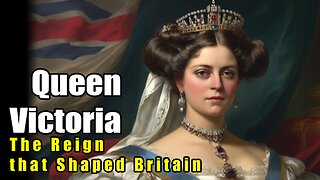 3:15
3:15
100 Historical Figures
4 months agoQueen Victoria: The Reign that Shaped Britain (1819 - 1901)
83 -
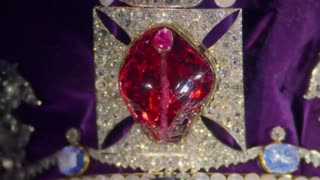 10:00
10:00
The Beau Monde
1 year agoThe Coronation ft Queen Elizabeth II Commentary 1 of 6
22 -
 9:56
9:56
The Beau Monde
1 year agoThe Coronation ft Queen Elizabeth II Commentary 2 of 6
11 -
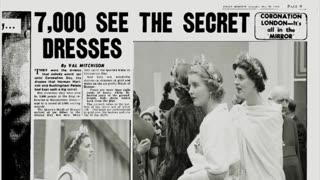 9:38
9:38
The Beau Monde
1 year agoThe Coronation ft Queen Elizabeth II Commentary 3 of 6
16 -
 9:58
9:58
The Beau Monde
1 year agoThe Coronation ft Queen Elizabeth II Commentary 4 of 6
20 -
 9:15
9:15
The Beau Monde
1 year agoThe Coronation ft Queen Elizabeth II Commentary 5 of 6
17 -
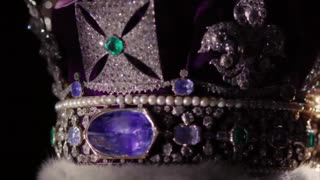 9:46
9:46
The Beau Monde
1 year agoThe Coronation ft Queen Elizabeth II Commentary 6 of 6
16